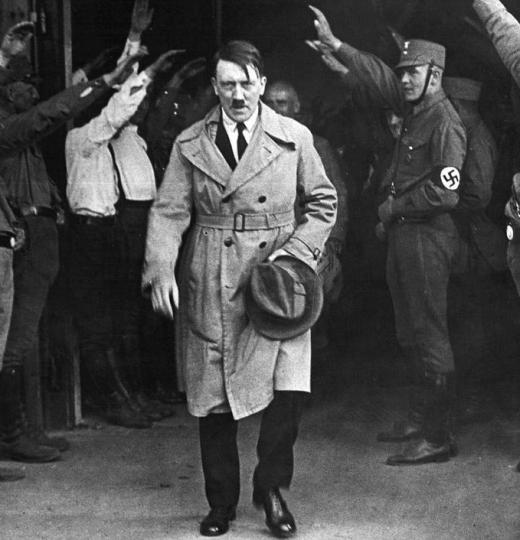Who is Neils Bohr?
 Michael Anissimov
Michael Anissimov
Niels Bohr (1885-1962) was a Danish physicist and Nobel Prize-winner who made several fundamental contributions to our understanding of atomic physics and quantum mechanics.
Many students first encounter Bohr's thinking in Middle or High School science classes, in the form of Bohr's model, which depicts electrons as dots on orbitals surrounding a central nucleus. Although Bohr's model is not an accurate depiction of the atom — the position of an electron is uncertain and is better represented as a foggy probability distribution — it is pragmatically useful in teaching students the basics of atomic physics. Bohr's model portrays how an atom has a series of energy levels electrons may occupy, called orbitals, with fixed limits on occupancy. It also shows how electrons emit and absorb photons and change energy levels accordingly.

Bohr developed many of the concepts behind his model of the atom working at the University of Copenhagen. in the late 1910s and throughout the 1920s. He received the 1922 Nobel Prize in Physics "for his services in the investigation of the structure of atoms and of the radiation emanating from them." In the 1921, Bohr founded the Institute of Theoretical Physics at the University of Copenhagen, which became a magnet for theoretical physicists throughout the 1920s and 1930s. One of his most famous students was Werner Hisenberg, who helped develop the foundations of quantum mechanics and was a leading German physicist.

Neils Bohr developed the radical new idea of complementarity, that physical objects or phenomena could be analyzed as having two contradictory properties. For instance, he introduced the notion that light is both a particle and a wave. This was a radical departure from the determinism of classical physics, advocated by scientists such as Einstein. Bohr and Einstein debated these and other points throughout their life, and even today physicists are split between the two positions.
Bohr escaped from the invading Nazis during 1943, when he fled to London. From there he went to the United States to help out on the project to build an atomic bomb, where he participated more as a role model than anything else. Concerned with a nuclear arms race, Bohr said that he only went to America and joined the project because it was going to be accomplished with or without his help. Bohr advocated the sharing of atomic secrets with the international scientific community, a stance that earned him the ire of politicians such as Winston Churchill, prime minister of England.
Bohr died in Copenhagen in 1962, but his legacy can be seen in any classroom where physics or chemistry are taught.
AS FEATURED ON:
AS FEATURED ON:












Discuss this Article
Post your comments